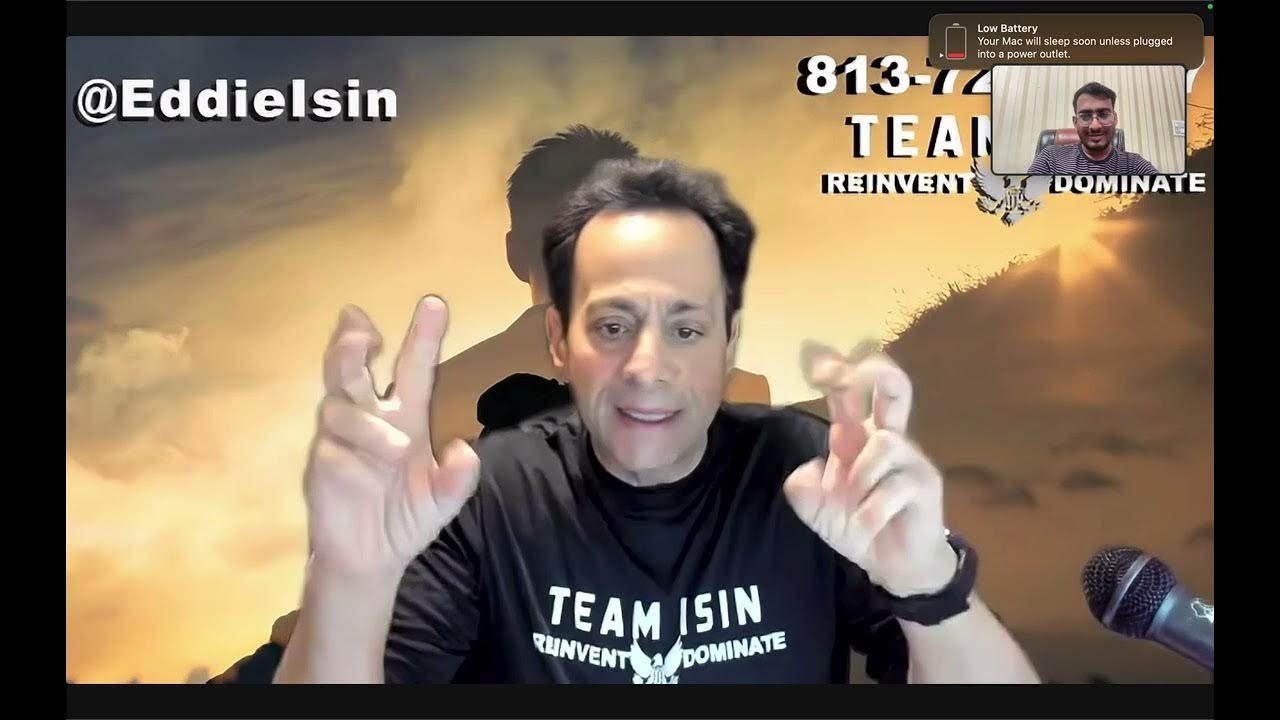How to Catch the Attention of a Potential Client from Get-Go
Summary
TLDRThis transcript focuses on how a Virtual Assistant (VA) can approach potential clients by demonstrating value through specific, low-risk tasks. Rather than just submitting a CV, a VA should offer examples of tasks like research or organizing that can help the client save time. Emphasizing trust-building through trial periods and transparent communication about rates can foster stronger client relationships. The importance of proactive action, portfolio examples, and respecting deadlines is also highlighted, along with the idea of offering initial work without payment to reduce client hesitation. This approach balances client needs with the VA's skills, focusing on long-term collaboration.
Takeaways
- 😀 Focus on offering specific examples of tasks you can do as a VA instead of just sending your CV.
- 😀 Small, low-risk tasks (like research or booking appointments) can help build trust with clients.
- 😀 Don’t ask for financial information upfront—offer a trial period or free hours to reduce the client’s risk.
- 😀 Being proactive and presenting solutions before being asked helps differentiate you as a VA.
- 😀 Providing a short, well-crafted video or portfolio can be more effective than just a CV.
- 😀 Transparency about your rates is important, but avoid discussing money too early in the conversation.
- 😀 Build trust with clients by offering to do research or simple tasks that require no financial commitment.
- 😀 Respect for deadlines and the ability to organize work logically are essential qualities in a VA.
- 😀 Focus on high-quality presentations when sharing research or task completions with clients.
- 😀 Show that you understand the client’s needs and offer suggestions or solutions proactively.
- 😀 Clients value VAs who can organize systems (e.g., Google Drive) in a way that saves them time.
Q & A
What is the preferred way to approach a potential client as a virtual assistant (VA)?
-The preferred approach is to proactively offer specific examples of tasks you can handle for them, such as making reservations, researching hotels, or organizing documents, without asking for payment upfront. This builds trust and shows how you can add value to their life immediately.
Why is it important not to request financial information right away when offering VA services?
-It’s crucial not to ask for financial information upfront because it can create discomfort and a lack of trust. The client may feel hesitant to share their details before establishing a working relationship, which is why offering a free trial or a low-risk task can build trust gradually.
What are the key tasks a VA can offer to help a client in the initial stages?
-Key tasks include researching hotels or restaurants, scheduling appointments, booking flights, organizing files, and managing basic tasks like shopping or making reservations. These tasks can be done without involving financial transactions initially.
How can a VA prove their value to a potential client without a full commitment?
-A VA can prove their value by offering a trial period (e.g., 5 hours of free tasks) to demonstrate their skills and capabilities. During this period, the VA can complete tasks effectively and show the client the quality of their work before discussing payment terms.
What is a good way for a VA to present their skills and experience to a potential client?
-Instead of sending a CV directly, a VA should provide a link to their resume or portfolio. Additionally, including a short video (1-2 minutes) showcasing their skills can be an effective way to introduce themselves to potential clients.
How should a VA address the topic of payment with a potential client?
-A VA should introduce the payment topic after offering a trial period. They can mention their hourly rate or the task-based charge, but without demanding payment upfront. This allows the client to experience the value first, which reduces hesitation regarding financial commitment.
What are some examples of low-risk tasks that a VA can handle to build trust?
-Low-risk tasks include booking appointments, researching products or services, scheduling travel arrangements, or managing simple administrative tasks. These tasks do not require financial transactions and help build trust between the VA and the client.
Why is a VA’s ability to organize and present research important?
-A VA’s ability to present well-organized research is important because it shows their attention to detail and ability to communicate effectively. Presenting research clearly, such as through a concise PowerPoint, demonstrates competence and saves the client time in decision-making.
What are the three key traits a client looks for when hiring a VA?
-The three key traits are: 1) Respect for deadlines, 2) High-quality presentation of completed tasks (e.g., research or reports), and 3) Organizational skills, ensuring that all work is logically arranged and easy to access.
How does offering a trial period help with the onboarding process?
-A trial period allows both the VA and the client to test out the working relationship without a financial commitment. The client can evaluate the VA’s skills and work quality, while the VA can assess the client's expectations and ensure a good fit.
Outlines

This section is available to paid users only. Please upgrade to access this part.
Upgrade NowMindmap

This section is available to paid users only. Please upgrade to access this part.
Upgrade NowKeywords

This section is available to paid users only. Please upgrade to access this part.
Upgrade NowHighlights

This section is available to paid users only. Please upgrade to access this part.
Upgrade NowTranscripts

This section is available to paid users only. Please upgrade to access this part.
Upgrade Now5.0 / 5 (0 votes)





